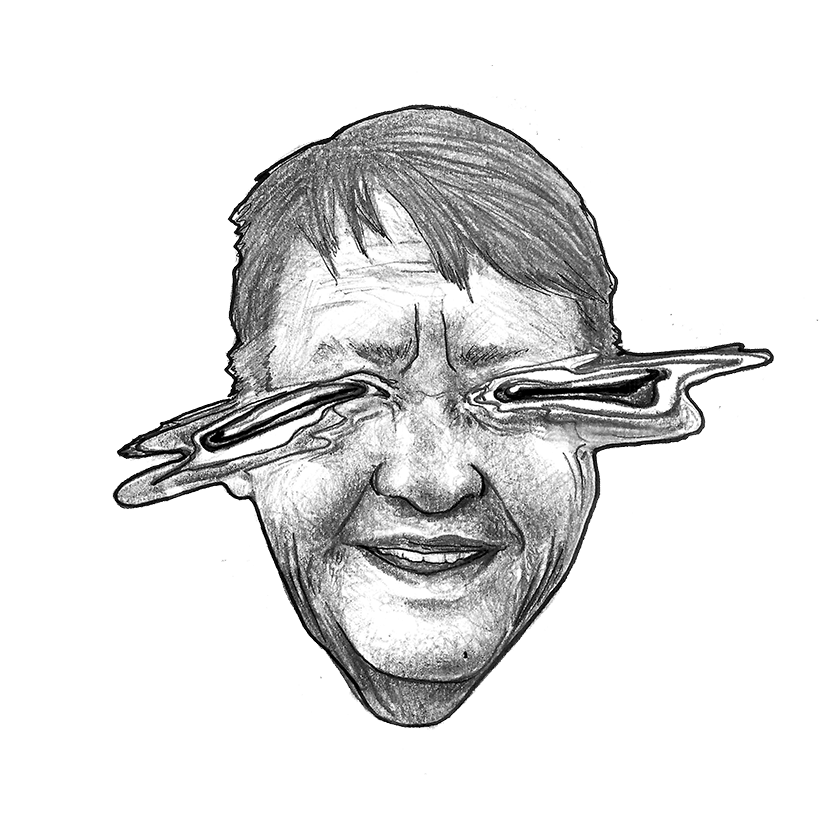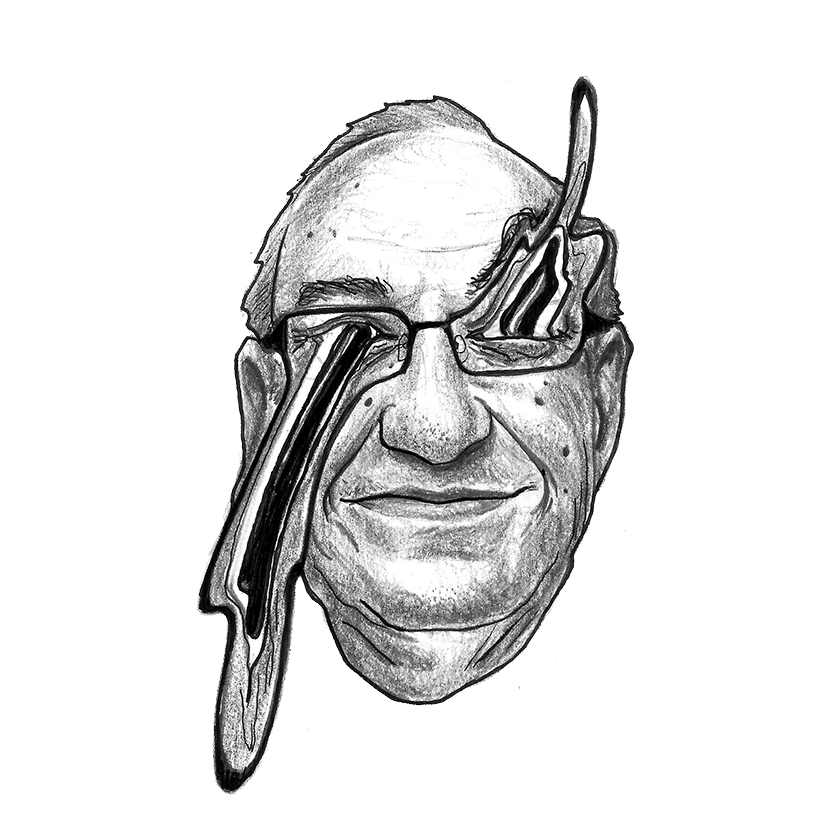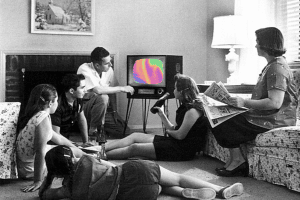Hard as it may be for us, the children of the Sixties and Seventies, to fathom, we are now entering our 60s and 70s. And for the generation that once revolutionized youth culture, the slide into old age, with its humbling losses and diminishments, can be a bitter pill to swallow. But as I, and a growing number of my peers are discovering, a consciousness-expanding psychedelic experience can go a long way toward changing our perspective on aging, and reveal the joy and transcendence to be found in this phase of our lives.
Even if one’s past experiences with nonordinary states were positive, as mine were, approaching such powerful medicine, especially after a decades-long hiatus, is not trivial. Most boomers with whom I spoke about this prospect were downright leery. But as I came to discover, the psychedelic space has evolved dramatically since I last dropped acid at a Grateful Dead concert. For curious and open-minded older adults who are interested in examining their lives through nonordinary lenses, there are new and increasingly accessible opportunities to do so. For me, an ad for DoubleBlind’s course on how to grow your own mushrooms was what inspired me to resume my own long strange trip. At 62 years old, my kids were grown and launched, I’d done enough spiritual work to feel comfortable in my own head, and I was curious and eager to explore a radically different mindscape.
The mature and responsible me knew I needed to trust the source of my medicine. And as a passionate forager, mushrooms—particularly ones I’d grown myself—seemed like the perfectly fitting key to open my adventure. But then, I was already predisposed to magic mushrooms. Once, under their influence back in my 20s, I witnessed the life force of a tree coursing up its trunk and through its branches. That unforgettable vision, exquisitely seared into my consciousness, left enduring warm feelings for that particular fantastic fungi, and probably also inspired my lifelong interest in plants. So I enrolled in the course (in which I learned, through our Zoom classes, that I wasn’t the only boomer with the same idea), and produced a healthy crop of Golden Teacher psilocybin mushrooms.
Then I did my reading (thank you, Michelle Janikian, author of Your Psilocybin Mushroom Companion), and waited for a beautiful fall day before sipping my home-grown brew and settling in for an ethereal afternoon communing with nature in a friend’s backyard.

For the majority of boomers like me, psychedelic drugs slipped off our radars decades ago. But while our attention was elsewhere, the psychedelic revolution was quietly moving forward, from exile toward mainstream, driven by a community of dedicated activists, scientists, and entrepreneurs.
Just in the last decade, researchers began publishing findings that psilocybin—of shorter-duration and less arduous than LSD—could produce impressive results in treatment-resistant depression in a therapeutic setting. Meanwhile, trials sponsored by the Multidisciplinary Association for Psychedelic Studies (MAPS), using a new drug in the neighborhood, MDMA, were achieving stunning outcomes in opening the hearts and healing the psyches of sufferers of PTSD. These impressive advances for such widespread and intractable mental illnesses were noted and encouraged by the FDA, and if all goes as planned, these substances will be approved and widely available in less than five years.
How to Grow Shrooms Bundle
Take Both of Our Courses and Save $90!
What does this mean for older adults? First, past and current clinical studies indicate that psychedelics like psilocybin and ketamine can meaningfully augment palliative care, for end-of-life anxiety and depression, and also, as some studies suggest, reorient how one experiences pain. Thus, by their accounts, access to a psychedelic experience could help us approach our most fundamental existential fears with new eyes, just as they are looming largest.
Research is also showing that psychedelic drugs may have protective effects for our aging bodies. Interestingly, the activation of Serotonin 2A receptors by psilocybin and other psychedelic compounds actually exerts anti-inflammatory effects, and their potential for treating Alzheimer’s disease and other similarly-driven afflictions of aging are just beginning to be explored. While this research appears to still be in its infancy, for some of us, the option of psychedelic therapy to keep our bodies fit, our minds lucid, and our spirits aloft through the end of life may be available in our lifetimes.
For now, one of the only ways to legally undergo a psychedelic experience is to participate in a clinical trial. According to clinicaltrials.gov, studies investigating psilocybin, ketamine, and MDMA are planned or currently enrolling patients coping with psychological distress, particularly as it relates to PTSD, Parkinson’s disease, early Alzheimer’s disease, and chronic pain, among others, in centers across the country.
But the proliferation of clinics now offering therapeutic sessions with ketamine (an anesthetic with dissociative effects used off label to treat depression), the decriminalization of psychedelic compounds in Denver, Seattle, and other jurisdictions, and even the availability of a course on how to grow your own mushrooms, all signify a new wave of opportunities for curious psychonauts wanting to have a consciousness-expanding experience with the guidance of a therapist or on their own terms. And for older adults, the timing couldn’t be better.
Read: Why You Should Grow Your Own Mushrooms
Anyone who’s spoken with a spry 90-year-old knows that old age is a state of mind. Just as exercise prevents our muscles from atrophying, it appears that a psychedelic experience can help unclench our rigid minds.
As baby boomer Joe Dolce, author of Brave New Weed, explained to me, he tried microdosing because he was “afraid of turning into an ossified old man.” Over a year into his experiment, the results he reports are heartening: “What I found over time—maybe a month—was that I recognized a renewed sense of motivation. It wasn’t energy. It wasn’t feeling buzzy. Just a renewed appetite to get up and face every day.”
This experience underscores the exciting potential of what psychedelics offer older adults—the ability to create new paths of perception and learning, which can then be leveraged for meaningful psychological and spiritual growth: what researchers identify as neuroplasticity. And the benefits appear to extend far beyond just dispelling the malaise of getting old.
A 2019 article in the Journal of Cognitive Enhancement suggests that psychedelic drugs can counter the mental decline associated with aging—by enhancing creativity and executive functioning, increasing openness and empathy, and inducing personally meaningful experiences. But even at the most basic level, they may offer glimpses of meaning that resonate deeply with a person well along the course of their life.
“What I learned from my own research is that psychedelics take your life experience and compost it, so that something new can grow,” Dr. James Fadiman, one of the elders of psychedelic research, observed in an interview. “If you don’t have much experience, you don’t get much out of it.”

Dolce will be the first to admit that entering the brave new world of psychedelics was initially daunting, but we both agreed that maturity and years of spiritual work enabled us to put our fears in perspective, so that we could approach psychedelics in a more thoughtful manner than we did back in the day.
As psychotherapist Charley Wininger explained to me regarding approaching psychedelics later in life, while the substances may not have changed substantively over the years, we as subjects have. “I liken [a psychedelic experience] to reading a good novel when you’re 20 years old and picking up the book again 40 years later,” he says. “It’s a more mature and richer experience than when you were just getting high with the gang.”
The author of Listening to Ecstasy, a memoir about his and his wife’s experiences with MDMA, Wininger explains how, for older adults, this particular type of psychedelic experience can open our hearts and propel us out of the deep grooves of time-worn relationships and habits in order to achieve new levels of intimacy, with others and with ourselves. And as the Winingers happily testify, with the assistance of this medicine, it is possible to experience epic, joyful sexual encounters well into our 70s. (He also notes those with cardiovascular issues should use caution when approaching this strong medicine.)
The power of MDMA, Wininger emphasizes, is about creating a greater opening for intimacy, whether of a sexual nature or not. That connection can be to another human being, but directed inward, he explains, can be a powerful means for loving and accepting one’s own aging self.
“MDMA in particular has helped me navigate and accept the changes that come with aging, and face my mortality,” he said. “Life moves pretty quickly, especially at this age. And for me, these medicines help me stay in the moment, and live life to the fullest.
Read: I Love You—Let’s Trip Together
In cultures around the world, it is the elders who are entrusted with the domain of psychedelic experiences; they protect the sanctity of these powerful substances and ensure they are approached in context and with reverence. In our society, that role is now being taken up by a growing cadre of therapists and clergy who are working, or in training, to guide individuals to safely make the most of a psychedelic experience.
But what if we, as elders ourselves, have a unique contribution to make in the current, so-called psychedelic renaissance? Just as we boomers once embraced mind-expanding drugs to create a new culture of youth, wouldn’t we be fulfilling our generational destiny by forging a new way to experience old age and death with compassion, curiosity, and equanimity?
How to Grow Shrooms Bundle
Take Both of Our Courses and Save $90!
How much suffering and expense could be spared—for individuals and society—if a well-managed trip could alter our fear of death so that, instead of trying to avoid our demise at all costs, we could accept its inevitability with open eyes and an open heart?
It’s important to emphasize that not every consciousness-expanding experience will be so
transformative. For me, my mushroom journey in my friend’s backyard was much more subtle: what I can only describe as an intimate but unforgettable encounter with the ineffable.
Lying in a lawn chair gazing up into the treetops, tears of joy rolled down my cheeks as I found myself overwhelmed with awe over the enormous sanctity of my life on this earth. And I understood, as clear as the day I was born, that the spark of life that animates us all is, in fact, ageless.
Interested in having a psychedelic experience, but don't know where to start? Get our definitive guide on trusted legal retreat centers, clinical trials, therapists, and more.
We started DoubleBlind two years ago at a time when even the largest magazines and media companies were cutting staff and going out of business. At the time we made a commitment: we will never have a paywall, we will never rely on advertisers we don’t believe in to fund our reporting, and we will always be accessible via email and social media to support people for free on their journeys with plant medicines.
To help us do this, if you feel called and can afford it, we ask you to consider becoming a monthly member and supporting our work. In exchange, you'll receive a subscription to our print magazine, monthly calls with leading psychedelic experts, access to our psychedelic community, and much more.



